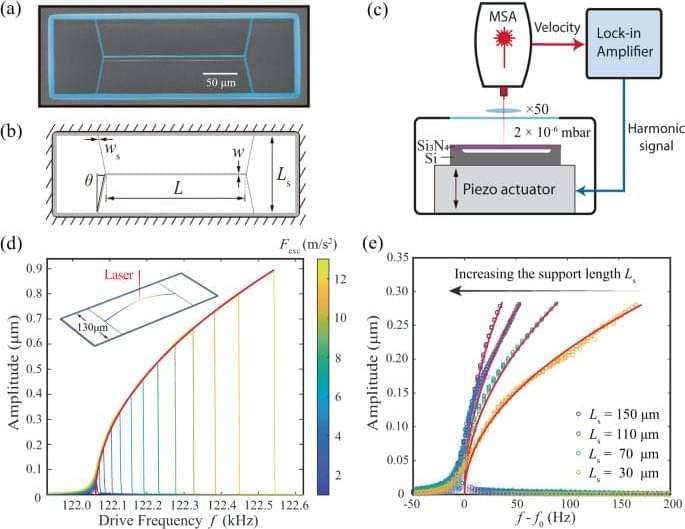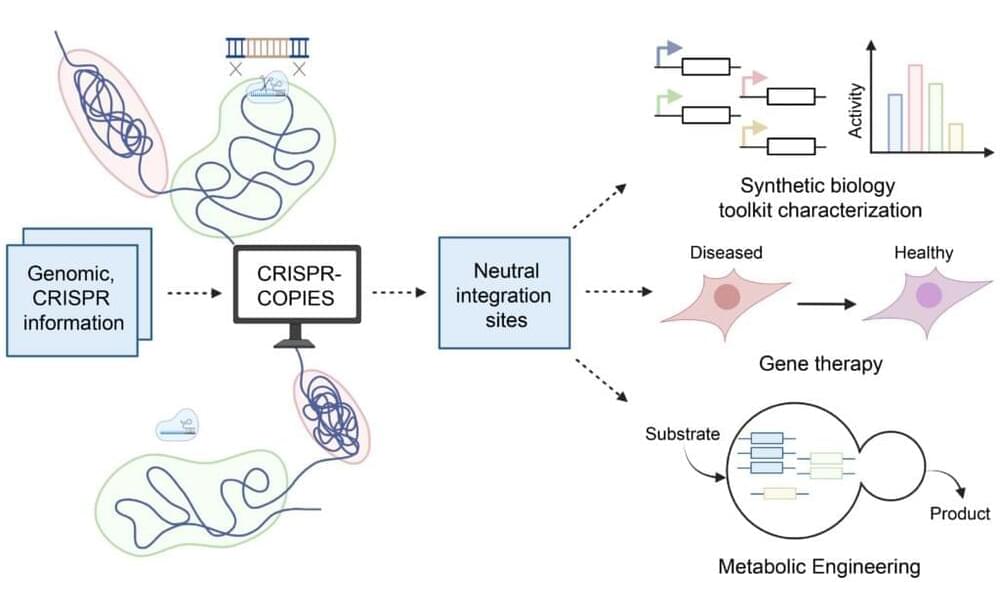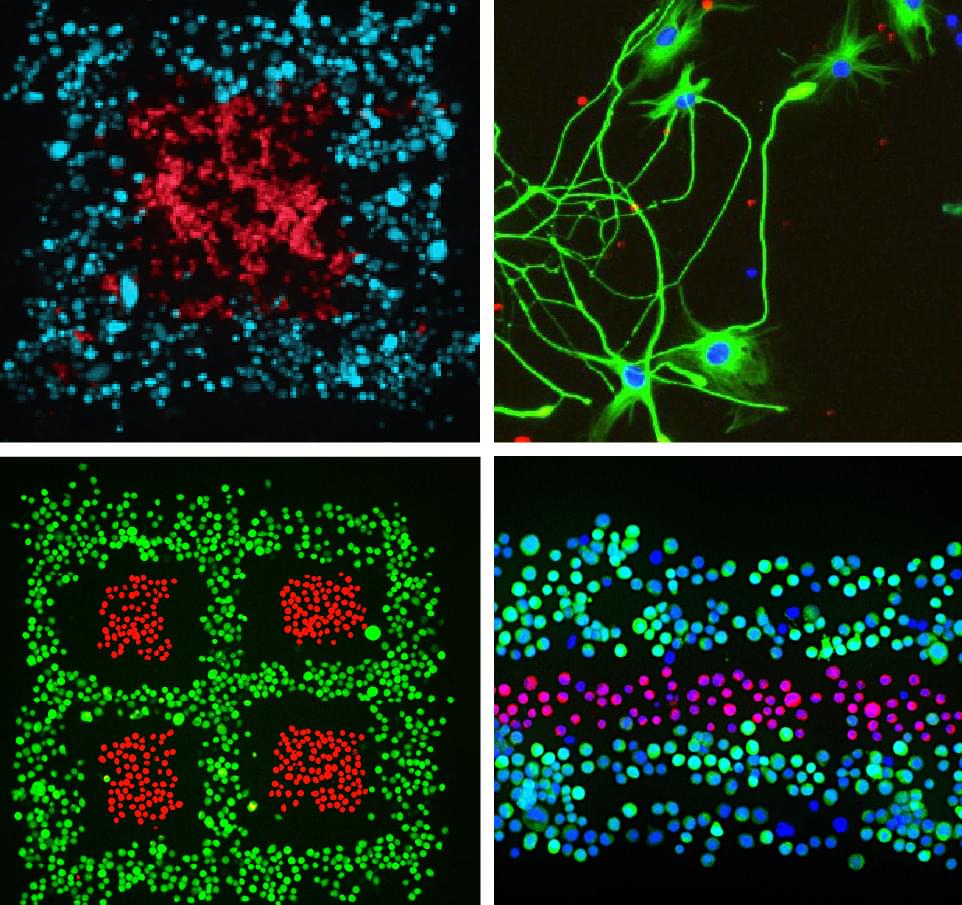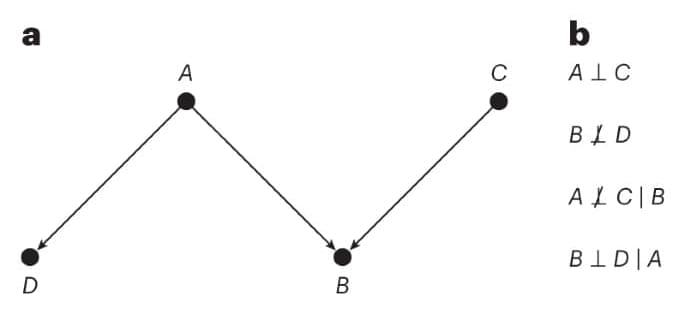Page 1125
Feb 17, 2024
At the Speed of Light: Unveiling the Chip That’s Reimagining AI Processing
Posted by Dan Breeden in categories: mathematics, nanotechnology, robotics/AI
An innovative new chip uses light for fast, efficient AI computations, promising a leap in processing speeds and privacy.
Penn Engineers have developed a new chip that uses light waves, rather than electricity, to perform the complex math essential to training AI. The chip has the potential to radically accelerate the processing speed of computers while also reducing their energy consumption.
The silicon-photonic (SiPh) chip’s design is the first to bring together Benjamin Franklin Medal Laureate and H. Nedwill Ramsey Professor Nader Engheta’s pioneering research in manipulating materials at the nanoscale to perform mathematical computations using light — the fastest possible means of communication — with the SiPh platform, which uses silicon, the cheap, abundant element used to mass-produce computer chips.
Feb 17, 2024
Strain engineering of nonlinear nanoresonators from hardening to softening
Posted by Dan Breeden in category: engineering
In the design optimization of resonance frequencies and Q-factor of nanomechanical resonators, the influence of geometric design on the nonlinear dynamics has been rarely investigated. Here, the authors tune the stress field via soft-clamping, simultaneously increasing both the Q-factor and the onset of nonlinearity of a Si3N4 string resonator.
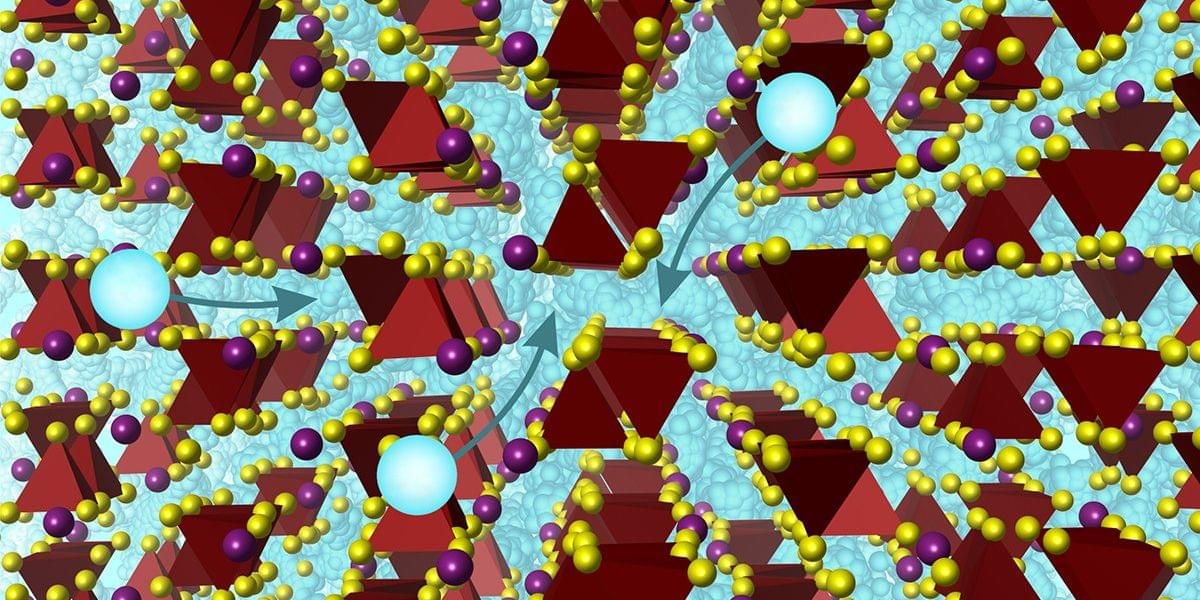
Meet Figure, a leader in the race to build commercially viable humanoid robots. For episode 20 of S³, we got the world’s first close up look at what they’re building.
Feb 17, 2024
CRISPR-COPIES: New Tool Accelerates and Optimizes Genome Editing
Posted by Dan Breeden in categories: bioengineering, biotech/medical, chemistry, genetics
CRISPR/Cas systems have undergone tremendous advancement in the past decade. These precise genome editing tools have applications ranging from transgenic crop development to gene therapy and beyond. And with their recent development of CRISPR-COPIES, researchers at the Center for Advanced Bioenergy and Bioproducts Innovation (CABBI) are further improving CRISPR’s versatility and ease of use.
“CRISPR-COPIES is a tool that can quickly identify appropriate chromosomal integration sites for genetic engineering in any organism,” said Huimin Zhao, CABBI Conversion Theme Leader and Steven L. Miller Chair of Chemical and Biomolecular Engineering (ChBE) at the University of Illinois. “It will accelerate our work in the metabolic engineering of non-model yeasts for cost-effective production of chemicals and biofuels.”
Gene editing has revolutionized scientists’ capabilities in understanding and manipulating genetic information. This form of genetic engineering allows researchers to introduce new traits into an organism, such as resistance to pests or the ability to produce a valuable biochemical.
Feb 17, 2024
Scientists develop new technology to identify individual full-length human proteins
Posted by Dan Breeden in category: biotech/medical

In a study published in Nature Nanotechnology, scientists from Delft University of Technology present a new technique to identify proteins. Proteins carry out essential functions in our cells, while playing a crucial role in diseases like cancer and COVID-19 infection. The researchers identify proteins by reading out the fingerprint, and comparing the fingerprint to patterns from a database.
Using this new technology, the researchers can identify individual, intact, full-length proteins, preserving all its information. This can shed light on the mechanisms behind many different diseases and allows earlier diagnosis.
Feb 17, 2024
Fluicell partners with Swedish researchers to 3D bioprint complex brain cell structures
Posted by Dan Breeden in categories: 3D printing, bioprinting, biotech/medical, neuroscience
Scientists from medical tech company Fluicell have partnered with clinical R&D firm Cellectricon and the Swedish Karolinska Institutet university to 3D bioprint neural cells into complex patterns.
Using the microfluidic printheads featured on Fluicell’s Biopixlar platform, the researchers were able to accurately arrange rat brain cells within 3D structures, without damaging their viability. The resulting cerebral tissues could be used to model the progress of neurological diseases, or to test the efficacy of related drugs.
“We’ve been using Biopixlar to develop protocols for the printing of different neuronal cells types, and we are very pleased with its performance,” said Mattias Karlsson, CEO of Cellectricon. “This exciting technology has the potential to open completely new avenues for in-vitro modeling of a wide range of central and PNS-related diseases.”
Raman Research Institute (RRI), founded in 1948 by physicist and Nobel Laureate, Sir Chandrasekhara Venkata Raman is celebrating 75 glorious years.
Feb 17, 2024
AI-powered neurotech developer Elemind emerges from stealth with backing from Bezos, Gates
Posted by Dan Breeden in categories: biotech/medical, information science, robotics/AI, wearables
It’s electric! A startup emerged from stealth this week with grand plans to pioneer a new form of neurotech dubbed “electric medicine.”
Elemind’s approach centers on artificial intelligence-powered algorithms that are trained to continuously analyze neurological activity collected by a noninvasive wearable device, then to deliver through the wearable bursts of neurostimulation that are uniquely tailored to those real-time brain wave readings.
Feb 17, 2024
A causal perspective on dataset bias in machine learning for medical imaging
Posted by Dan Breeden in categories: biotech/medical, information science, robotics/AI
Machine learning algorithms play important roles in medical imaging analysis but can be affected by biases in training data. Jones and colleagues discuss how causal reasoning can be used to better understand and tackle algorithmic bias in medical imaging analysis.


